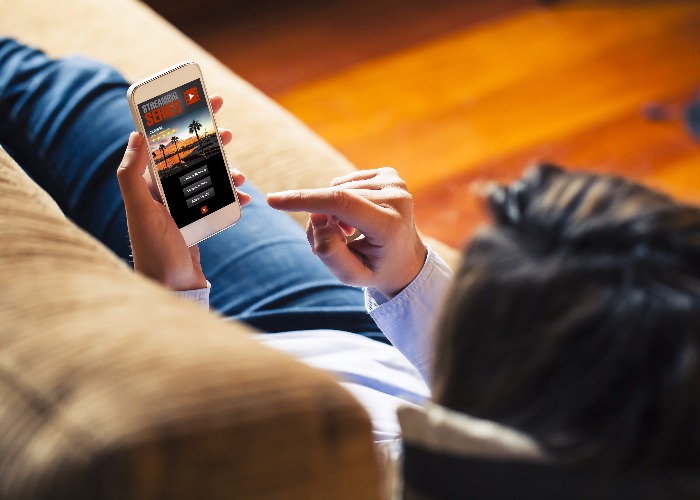
How many of these mobile banking security mistakes have you made?
The use of mobile banking apps has soared in recent years, but are you leaving yourself vulnerable to criminals when you use yours?
Here are six common mistakes to avoid.
1. Not sending a test transaction
It’s now possible to set up a new payee purely through your mobile banking app.
However, with the screens being smaller, it can be all too easy to get the details wrong and transfer money to the wrong account.
The best way to get around this, especially if you’re planning to transfer a large sum, is to first send a small amount (say £1) and check it arrives in the intended destination.
Once you’re sure, you can send the larger amount with confidence.
2. Not checking the origins of an app
If you are downloading a banking app make sure you are getting it from a reputable source such as Apple or Play store and double-check it is the bank’s official app.
3. Using public Wi-Fi
Don’t use your mobile banking apps when you are connected to a public Wi-Fi network.
The fact these networks are open to anyone makes them a hacker’s paradise so you don’t know who is watching what you are doing.
Always use a secure Wi-Fi connection or your mobile network for mobile banking as they are far safer.
Make sure your Wi-Fi at home is safe by using a strong password and possibly encrypting it to make sure no one else is using it.
4. Sharing your one-time password
Some banking apps require you to enter a one-time password (OTP) in order to access your account.
This can be generated by an external device or sent by text, depending on who you bank with.
As we wrote about earlier, criminals are coming up with increasingly devious ways to get this code.
It’s vital you never share it with anyone.
Banks have been known to refuse refunding victims of fraud as they say doing so effectively absolves them of any responsibility.
5. Not keeping your phone up-to-date
If you are using banking apps make sure you keep them regularly updated so that you have the latest security protection from your bank.
Hackers are constantly evolving their techniques and if you don’t keep your app – and your phone’s software – up-to-date you run the risk of becoming vulnerable.
Also, consider installing anti-virus software on your smartphone to protect it.
6. Allowing anyone to access your phone
Make sure your phone has a fingerprint and/or PIN set up so only you can access it.
Without these, anyone could pick up your phone and potentially access your bank accounts.
Also, make sure you have strong online banking passwords to protect your accounts.